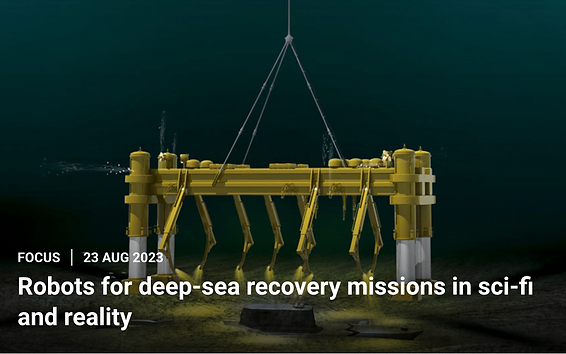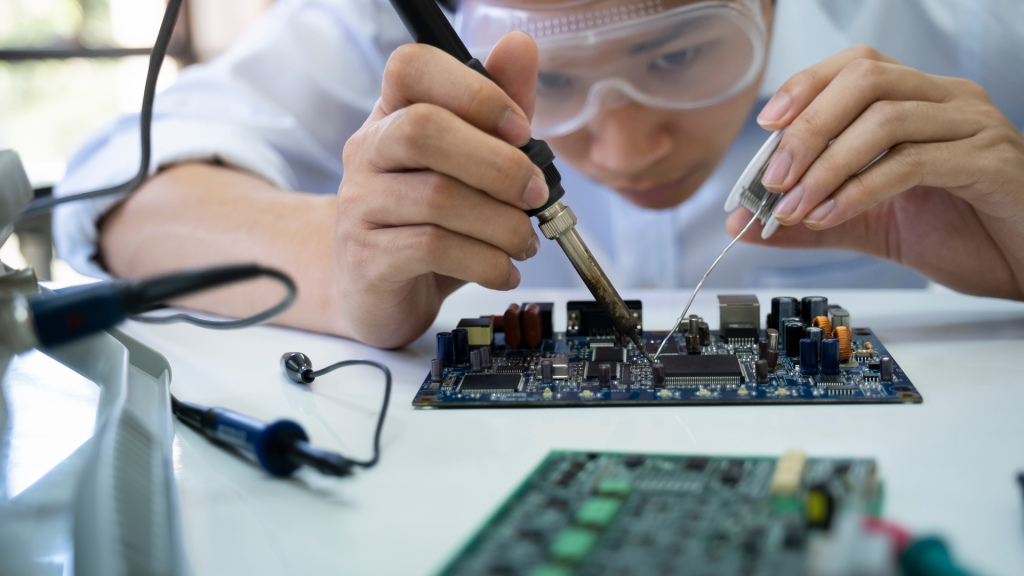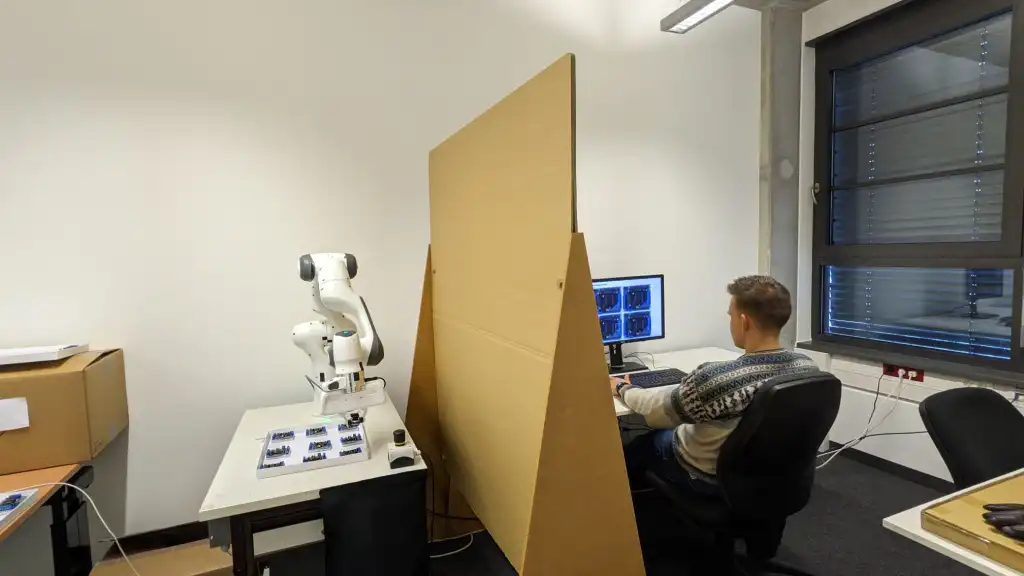
Code to Joy: Why Everyone Should Learn a Little Programming is a new book from Michael Littman, Professor of Computer Science at Brown University and a founding trustee of AIhub. We spoke to Michael about what the book covers, what inspired it, and how we are all familiar with many programming concepts in our daily lives, whether we realize it or not.
Could you start by telling us a bit about the book, and who the intended audience is?
The intended audience is not computer scientists, although I have been getting a very warm reception from computer scientists, which I appreciate. The idea behind the book is to try to help people understand that telling machines what to do (which is how I view much of computer science and AI) is something that is really accessible to everyone. It builds on skills and practices that people already have. I think it can be very intimidating for a lot of people, but I don’t think it needs to be. I think that the foundation is there for everybody and it’s just a matter of tapping into that and building on top of it. What I’m hoping, and what I’m seeing happening, is that machine learning and AI is helping to meet people part way. The machines are getting better at listening as we try to get better at telling them what to do.
What made you decide to write the book, what was the inspiration behind it?
I’ve taught large introductory computer science classes and I feel like there’s an important message in there about how a deeper knowledge of computing can be very empowering, and I wanted to bring that to a larger audience.
Could you talk a bit about the structure of the book?
The meat of the book talks about the fundamental components that make up programs, or, in other words, that make up the way that we tell computers what to do. Each chapter covers a different one of those topics – loops, variables, conditionals, for example. Within each chapter I talk about the ways in which this concept is already familiar to people, the ways that it shows up in regular life. I point to existing pieces of software or websites where you can make use of that one particular concept to tell computers what to do. Each chapter ends with an introduction to some concepts from machine learning that can help create that particular programming construct. For example, in the chapter on conditionals, I talk about the ways that we use the word “if” in regular life all the time. Weddings, for example, are very conditionally structured, with statements like “if anyone has anything to say, speak now or forever hold your peace”. That’s kind of an “if-then” statement. In terms of tools to play with, I talk about interactive fiction. Partway between video games and novels is this notion that you can make a story that adapts itself while it’s being read. What makes that interesting is this notion of conditionals – the reader can make a choice and that will cause a branch. There are really wonderful tools for being able to play with this idea online, so you don’t have to be a full-fledged programmer to make use of conditionals. The machine learning concept introduced there is decision trees, which is an older form of machine learning where you give a system a bunch of examples and then it outputs a little flowchart for decision making.
Do you touch on generative AI in the book?
The book was already in production by the time ChatGPT came out, but I was ahead of the curve, and I did have a section specifically about GPT-3 (pre-ChatGPT) which talks about what it is, how machine learning creates it, and how it itself can be helpful in making programs. So, you see it from both directions. You get the notion that this tool actually helps people tell machines what to do, and also the way that humanity created this tool in the first place using machine learning.
Did you learn anything while you were writing the book that was particularly interesting or surprising?
Researching the examples for each chapter caused me to dig into a whole bunch of topics. This notion of interactive fiction, and that there’s tools for creating interactive fiction, I found pretty interesting. When researching another chapter, I found an example from a Jewish prayer book that was just so shocking to me. So, Jewish prayer books (and I don’t know if this is true in other belief systems as well, but I’m mostly familiar with Judaism), contain things you’re supposed to read, but they have little conditional markings on them sometimes. For example, one might say “don’t read this if it’s a Saturday”, or “don’t read this if it’s a full moon”, or “don’t read if it’s a full moon on a Saturday”. I found one passage that actually had 14 different conditions that you had to check to decide whether or not it was appropriate to read this particular passage. That was surprising to me – I had no idea that people were expected to do so much complex computation during a worship activity.
Why is it important that everybody learns a little programming?
It’s really important to keep in mind the idea that at the end of the day what AI is doing is making it easier for us to tell machines what to do, and we should share that increased capability with a broad population. It shouldn’t just be the machine learning engineers who get to tell computers what to do more easily. We should find ways of making this easier for everybody.
Because computers are here to help, but it’s a two-way street. We need to be willing to learn to express what we want in a way that can be carried out accurately and automatically. If we don’t make that effort, then other parties, companies often, will step in and do it for us. At that point, the machines are working to serve some else’s interest instead of our own. I think it’s become absolutely essential that we restore a healthy relationship with these machines before we lose any more of our autonomy.
Any final thoughts or takeaways that we should bear in mind?
I think there’s a message here for computer science researchers, as well. When we tell other people what to do, we tend to combine a description or a rule, something that’s sort of program-like, with examples, something that’s more data-like. We just intermingle them when we talk to each other. At one point when I was writing the book, I had a dishwasher that was acting up and I wanted to understand why. I read through its manual, and I was struck by how often it was the case that in telling people what to do with the dishwasher, the authors would consistently mix together a high-level description of what they are telling you to do with some particular, vivid examples: a rule for what to load into the top rack, and a list of items that fit that rule. That seems to be the way that people want to both convey and receive information. What’s crazy to me is that we don’t program computers that way. We either use something that’s strictly programming, all rules, no examples, or we use machine learning, where it’s all examples, no rules. I think the reason that people communicate this way with each other is because those two different mechanisms have complementary strengths and weaknesses and when you combine the two together, you maximize the chance of being accurately understood. And that’s the goal when we’re telling machines what to do. I want the AI community to be thinking about how we can combine what we’ve learned about machine learning with something more programming-like to make a much more powerful way of telling machines what to do. I don’t think this is a solved problem yet, and that’s something that I really hope that people in the community think about.
Code to Joy: Why Everyone Should Learn a Little Programming is available to buy now.

|
Michael L. Littman is a University Professor of Computer Science at Brown University, studying machine learning and decision making under uncertainty. He has earned multiple university-level awards for teaching and his research on reinforcement learning, probabilistic planning, and automated crossword-puzzle solving has been recognized with three best-paper awards and three influential paper awards. Littman is co-director of Brown’s Humanity Centered Robotics Initiative and a Fellow of the Association for the Advancement of Artificial Intelligence and the Association for Computing Machinery. He is also a Fellow of the American Association for the Advancement of Science Leshner Leadership Institute for Public Engagement with Science, focusing on Artificial Intelligence. He is currently serving as Division Director for Information and Intelligent Systems at the National Science Foundation.
|





